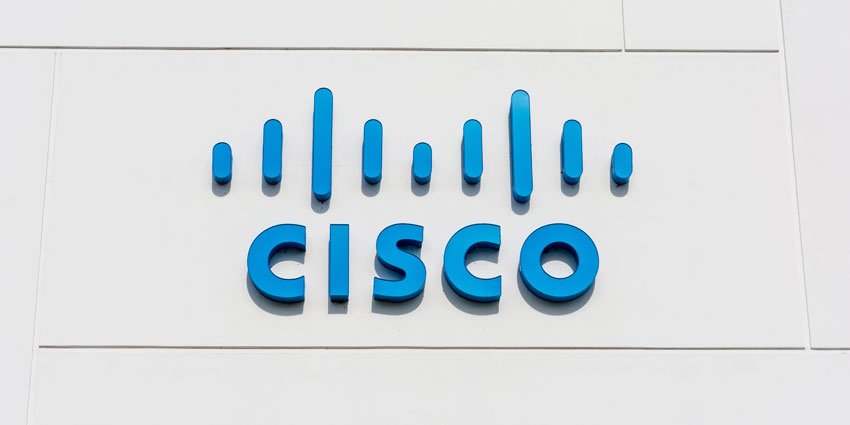According to Forrester Research, 89% of digital businesses invest in personalization. These include: “Coca-Cola, Fabletics, Netflix, Sephora, USAA, and Wells Fargo.”
Why? Because personalized offers, incentives, and services differentiate CX. In doing so, companies can increase customer satisfaction, retention, and revenue.
Hyper-personalization is the next frontier on this journey. Instead of personalization through customer segmentation, this approach aims to achieve “strategic individualization”.
Defining Hyper-Personalization
Hyper-personalization combines customer data and AI to generate insights. Either through humans or automation, companies harness these to alter experiences for individual customers in real-time.
For example, perhaps a customer is browsing a company’s website. That business can combine a host of insights – such as time spent on search, purchase history, and seasonality – to zero in on what matters most to them. Harnessing these insights, a virtual assistant can proactively reach out with a recommendation or discount to increase potential spending.
However, hyper-personalization extends far beyond marketing and into other departments. Consider the contact centre as another example. Bots can track customer conversations in real-time, proactively feeding agents information to streamline and personalize the conversation. Such information may include sentiment insights that encourage agents to adapt their call handling to satisfy the emotional needs of individual customers.
Use cases such as these are a step forwards from customer segmentation. Instead, the entire customer base is a “segment of one”. In other words, companies can treat customers as though they are in a demographic of their own.
Hyper-Personalization vs Personalization: What’s the Difference?
There are several differences between personalization and hyper-personalization:
- Data Use – Personalization relies on basic demographic information like name, gender, and location to segment customers into groups. Hyper-personalization, in contrast, assesses the behaviour of individuals to proactively enhance CX.
- Complexity – Traditionally, companies configure bulk personalization rules across entire segments. Hyper-personalization rules are more complex as they target a cohort of one. Instead, businesses establish thresholds, and deviance within those determines the delivery of CX.
- Customer effort– Hyper-personalization often reduces effort by tailoring the journeys to the needs of the individual. For instance, many strategies predict customer needs and proactively fulfil them. Doing so removes the customer from the loop altogether.
- The technology required– Personalization strategies often rely on customer segment information and automation alone. Alternatively, sophisticated journey analytics and machine learning tools fuel hyper-personalization.
How to Hyper-Personalize Customer Experiences
Begin with a customer journey mapping initiative, in which CX teams assess touchpoints and isolate hyper-personalization opportunities. While doing so, also consider the potential customer data sources that will bolster hyper-personalization initiatives.
For instance, perhaps a customer lands on the homepage of a customer website. Consider whether it is possible to access data that details where the customer is coming from if they have visited before, and their geographical location? Using this information, companies can customize the website.
Another example from much later in the customer journey is real-time product notifications. These share updates with customers, informing them of the status of their shipment. Companies can also offer customers refills to take this strategy further. Analytics tools that identify trends in the purchase history of customers are central to such an initiative.
Alongside analytics, hyper-personalization requires robotic process automation (RPA) to initiate actions that align with customer behaviour. As such, the technology triggers rules when customers reach a particular point within their journey or push beyond certain thresholds.
Examples of Hyper-Personalized CX
Several leading B2C companies have embraced hyper-personalization in a bid to stand out in a competitive market. One of these is Starbucks, which uses customer data from its loyalty app to predict preferences and send personalized promos and updates.
Netflix is another example. It assesses customer viewing habits – down to which sections of shows customers rewatch or skip. By scouring through such information, its AI tools recommend new content. These hyper-personalized recommendations are a top driver for customer engagement on Netflix.
Finally, consider the approach of Stitch Fix, the online retailer and stylist, which incorporates hyper-personalization into its brand philosophy. The company asks its customers a series of questions to understand their personal preferences and style. Based on these results, the business sends a select few items to customers, which they can try and buy. The result is a unique experience, tailored to the preferences of each customer.
Useful Tools for Your Hyper-Personalization Strategy
The following tools may be particularly useful to operationalize hyper-personalization strategies:
- io – Rule exploits automation technologies to trigger decisions based on past online searches, purchase history, and spending amounts of individual customers. It also tracks several other metrics, such as time spent searching.
- rocks – Sales rocks harness data to tailor email marketing content to specific customers. Hyper-personalized imagery – embedded with dynamic text or image layers – is an excellent example that supercharges response rates.
- Algonomy – Algonomy equips companies to deliver personalized search functionality, product recommendations, and navigation experiences. Also, the company offers deep learning-based visual AI to set itself apart from competitors.
- Hyperise – Designed to support sales and outbound campaigns, Hyperise lets users personalize images, websites, and video content through the innovative use of 100+ apps.
Considerations to Remember
Hyper-personalization strategies rely heavily on customer data, which raises questions about data privacy and consent. Companies must ensure that they can ethically collect and utilize data while respecting compliance regulations.
As such, hyper-personalization initiatives must remain unintrusive. Even if the data reveals the exact product a customer requires at the ideal moment, intrusive messaging and notifications will perhaps damage customer relationships and cross the “creepy line”.
Remember, good hyper-personalization is effective yet imperceptible, engaging the user’s attention without revealing the complex analytical processes at the back-end. Companies that get this right realize a host of benefits.
After all, Deloitte reports 90% of customers find personalized advertising content attractive, and 80% of customers are more likely to make a purchase when they receive a personalized CX. Hyper-personalization strategies are the key to unlocking all these potential gains.







